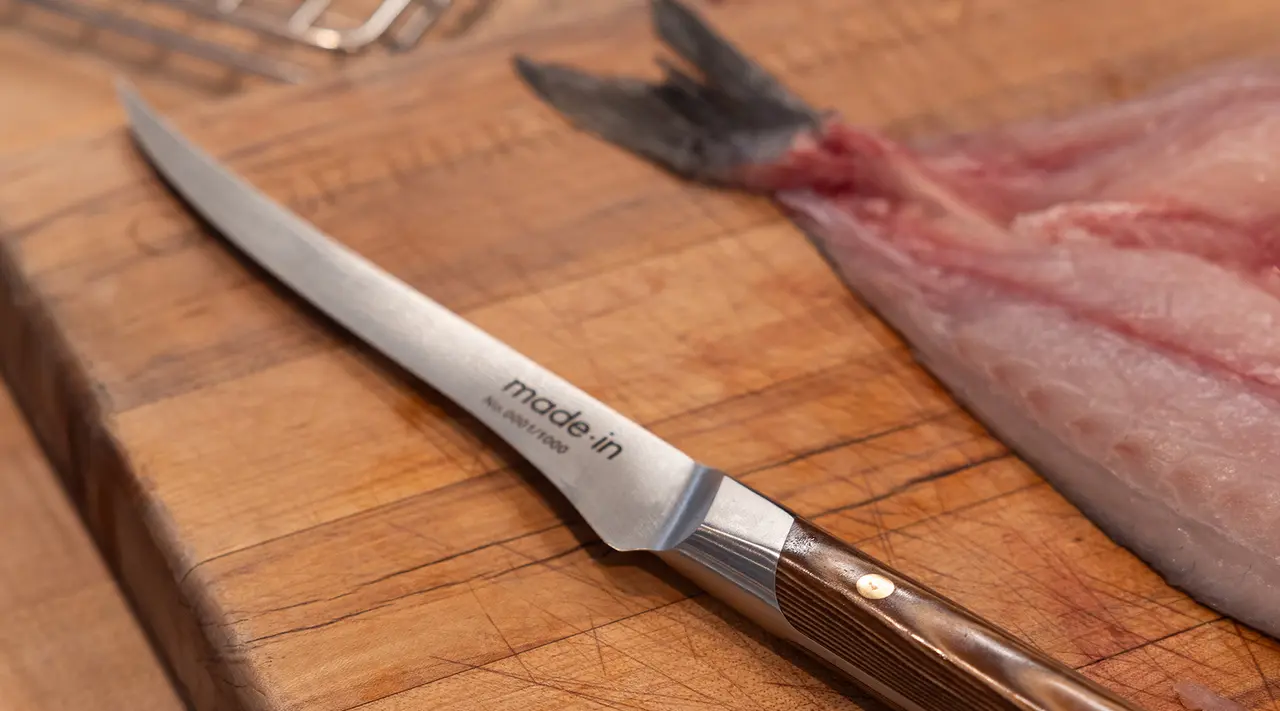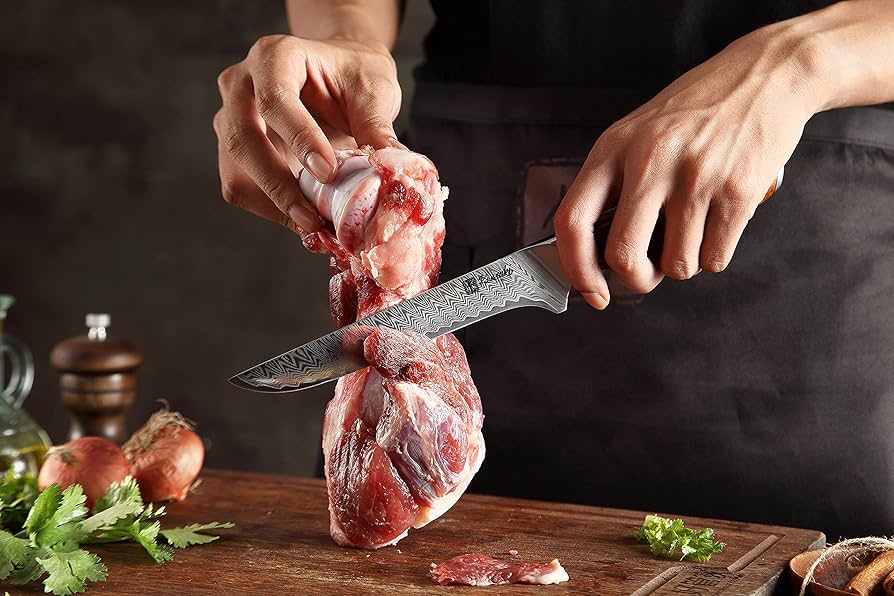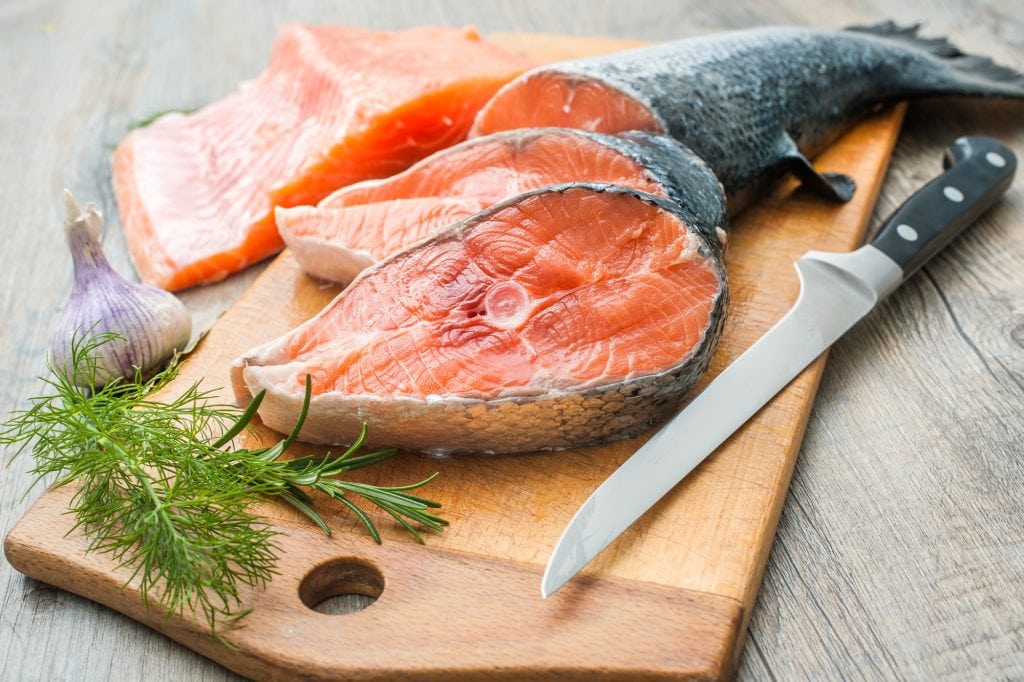For any culinary professional, the boning knife is an indispensable tool in the kitchen. Whether you are preparing a delicate fish fillet or trimming meat for a sumptuous roast, mastering boning knife skills is crucial. Our guide will delve into the essential techniques that every chef must know to become proficient with a boning knife.

Understanding the Boning Knife
Before we dive into the techniques, it’s important to understand what makes a boning knife unique. Typically, a boning knife has a slender, flexible blade that allows for precision cutting around bones and joints. This flexibility is what sets it apart from other knives such as the slicing knife, which is better suited for cutting through meat rather than around bones.
Characteristics of a Boning Knife
The boning knife usually measures between 5 to 7 inches in length and features a sharp, pointed tip. This design allows chefs to navigate around joints and bones with ease. Unlike a slicing knife, its thin blade lets you make precise cuts without damaging the surrounding meat.
Essential Boning Knife Skills
Proper Grip Techniques
The grip you use on a boning knife greatly affects your control and precision. The most common grips include the pinch grip, where you hold the knife by pinching the blade between your thumb and forefinger, and the handle grip, which offers more power for heavier cuts. For more details on grip styles, check boning knife grip styles.
Cutting Techniques
Mastering cutting techniques is essential for any chef. The glide cut, which involves gently sliding the blade along the bone, is perfect for fish and poultry. For tougher meats, the saw cut offers more power and control. Understanding these techniques will significantly enhance your efficiency in the kitchen.
Practical Applications
Deboning Chicken
Deboning chicken is a fundamental skill for any chef. Start by placing the chicken breast side down and use your boning knife to make an incision along the backbone. Carefully cut along the ribcage to remove the breast meat. This technique can be further explored in this detailed guide.
Preparing Fish
Filleting fish requires precision and care. Insert the boning knife near the gills and make a clean cut down to the backbone. Use the tip of the knife to gently separate the fillet from the bones. This method ensures you get the maximum yield from your fish.
Advanced Techniques
Frenching a Rack of Lamb
Frenching involves removing excess fat and meat from the rib bones for an elegant presentation. To do this, insert the boning knife between the meat and the ribs and make precise cuts along the bone.
Trimming a Prime Rib
Trimming a prime rib involves removing excess fat to enhance flavor. Use your boning knife to carefully cut away the fat cap, ensuring you leave enough fat for a rich taste.
Choosing the Right Boning Knife
When selecting a boning knife, consider the type of meat you frequently work with. A stiff blade is ideal for beef and pork, while a flexible blade works best for poultry and fish. For more information on selecting the right knife, visit this comprehensive guide.
Maintenance and Care
Sharpening Your Boning Knife
Keeping your boning knife sharp is crucial for precision and safety. Regularly hone the blade using a sharpening steel, and periodically sharpen it with a whetstone to maintain its edge.
Proper Storage
Store your boning knife in a knife block or on a magnetic strip to protect the blade from damage. Avoid storing it loosely in a drawer, as this can dull the edge.

FAQs
What is the best way to hold a boning knife?
The pinch grip is often recommended for precision, while the handle grip provides more power for tougher cuts.
Can a boning knife be used for other tasks?
While primarily designed for deboning, a boning knife can also be used for filleting fish and trimming meat.
How often should I sharpen my boning knife?
It depends on usage, but generally, you should hone your knife regularly and sharpen it every few months.
This article contains affiliate links. We may earn a commission at no extra cost to you.


